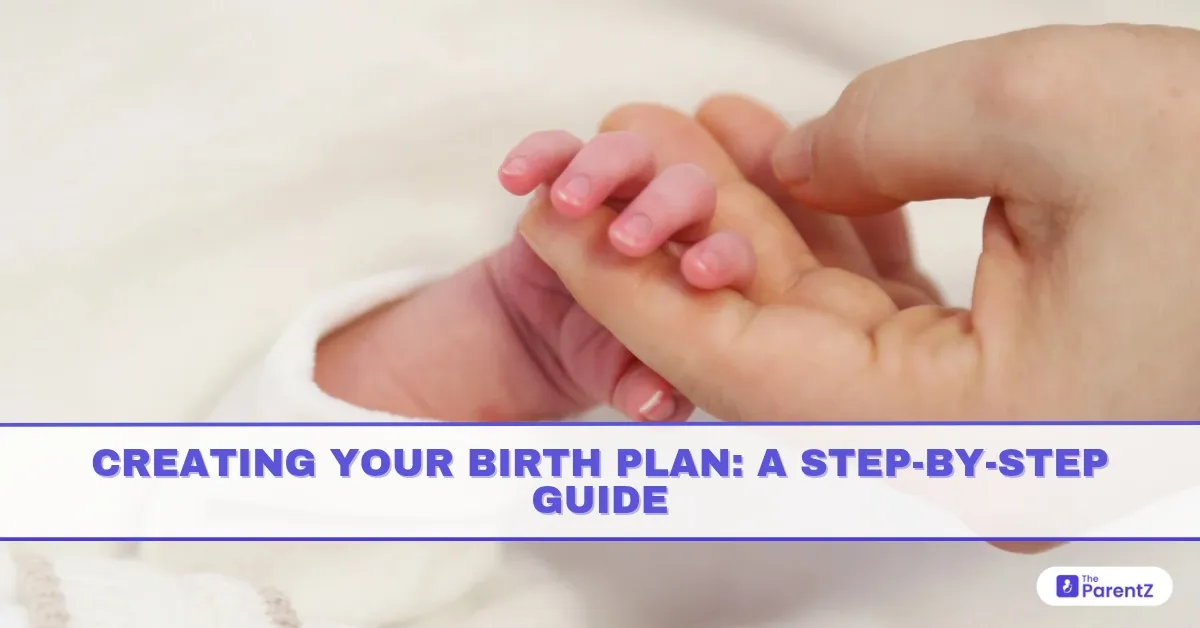The journey to motherhood is filled with choices, some exciting, some overwhelming. One of the most empowering tools you can have for labor and delivery is a birth plan. But what exactly is it? And does it really matter when labor rarely goes “according to plan”?
Yes and no.
A birth plan isn’t a rigid checklist. It’s a communication tool, one that helps you reflect on your wishes, discuss them with your doctor or midwife, and feel more prepared for the big day. Whether you’re aiming for a water birth or want to know your options for pain relief, your birth plan is a personal guide, not a script, but a voice.
What Is a Birth Plan?
A birth plan is a written document that outlines your preferences for labor, delivery, and immediate newborn care. It helps the medical team understand your values, priorities, and comfort measures.
Think of it as a conversation starter—between you and your healthcare provider, your partner, and the team that will support you during childbirth.
Step-by-Step: How to Create Your Birth Plan
Here’s how to approach your birth plan in a clear, calm, and informed way.
Step 1: Reflect on Your Ideal Birth Experience
Ask yourself:
- Do I want a natural birth, medicated birth, or am I open to both?
- How do I feel about interventions like induction or cesarean section?
- What makes me feel safe and supported?
- Who do I want by my side during labor?
There are no wrong answers. These reflections are the foundation of your birth plan.
Step 2: Learn About Your Options
Knowledge is key. Read, attend antenatal classes, and discuss with your doctor the policies of your chosen hospital or birthing center.
Common decisions to explore:
- Labor positions (walking, squatting, on a birthing ball)
- Pain relief (breathing techniques, epidural, IV medication)
- Monitoring (continuous fetal monitoring vs intermittent)
- Food and drink during labor (allowed or restricted)
- Companions (partner, doula, or family member)
- Birthing environment (lights dimmed, music, aromatherapy)
Step 3: Discuss Medical Interventions
Labor can be unpredictable, so it’s important to know your comfort level with:
- Induction methods (like membrane sweep, Pitocin, or breaking the waters)
- Assisted birth (vacuum or forceps)
- Emergency cesarean—what you’d want if it becomes necessary
Let your plan include how you’d like to be involved in decision-making if things deviate from the original plan.
Step 4: Outline Your Postpartum Preferences
The birth plan isn’t just about labor. Include:
- Immediate skin-to-skin contact with baby
- Delayed cord clamping (wait 1–3 minutes to cut the cord)
- Breastfeeding support or formula feeding preferences
- Who cuts the umbilical cord
- Vitamin K and newborn vaccinations
- Rooming-in with your baby vs nursery care
Step 5: Keep It Clear and Flexible
Use simple language and bullet points. A one-page plan is ideal, with separate sections for labor, delivery, and newborn care.
At the top, include:
- Your name
- Expected due date
- Doctor or midwife’s name
- Emergency contact or birth partner’s name
Remember: Plans may change based on medical needs—so use phrases like “I prefer” or “If possible” rather than absolutes.
Sample Birth Plan Outline
Here’s a basic structure to guide you:
1. Labor Preferences
- I would like to move freely during labor.
- I prefer intermittent fetal monitoring if safe.
- Please explain options before any interventions.
- I would like to avoid induction unless medically necessary.
2. Pain Management
- I’d like to try breathing and relaxation techniques first.
- I’m open to an epidural if needed.
- Please offer massage or warm compresses for comfort.
3. Delivery
- I’d like to push in upright positions if possible.
- I’d like my partner to be present at all times.
- Please delay cord clamping.
- I would like to avoid an episiotomy unless necessary.
4. After Birth
- Immediate skin-to-skin contact, if baby is stable.
- I plan to breastfeed; please offer support.
- Do not give pacifiers or bottles unless requested.
- I consent to routine newborn vaccinations.
When Should You Write a Birth Plan?
Ideally, start around 28–32 weeks of pregnancy. That gives you time to discuss it with your healthcare provider, revise it as needed, and print a few copies to carry in your hospital bag.
Should You Write a Birth Plan for a Planned C-Section?
Absolutely. Even with a planned cesarean, you can outline preferences such as:
- Partner’s presence in the OR
- Gentle cesarean techniques (skin-to-skin in the OR)
- Music or dim lighting
- Breastfeeding or formula feeding support
Conclusion: Your Birth, Your Voice
Every birth is different. You may follow your birth plan to the letter—or end up making different choices as the situation evolves. What matters most is that you feel heard, informed, and supported.
A birth plan is your voice in the room when you’re focused on one of life’s most intense and beautiful experiences. Prepare, but also trust the moment—and the people around you.








Be the first one to comment on this story.